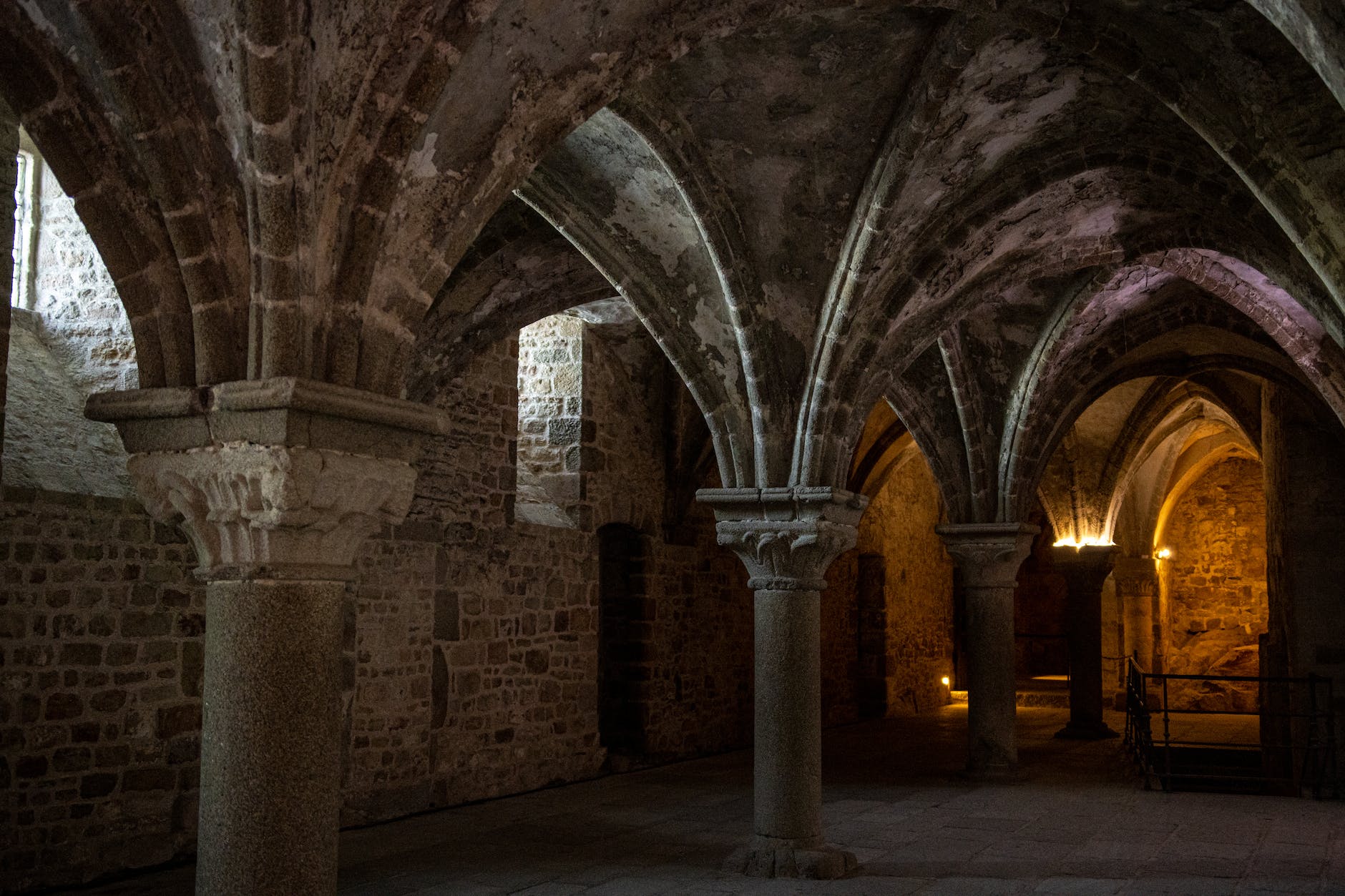The history of psychedelics in art reaches as far back as humanity itself, with visionary states of mind and their resulting creative expressions having a longstanding, intricate relationship. Throughout the ages, artists have either depicted themes of altered consciousness or incorporated mind-altering substances in their artistic processes. While the modern era popularized the usage of psychedelics to achieve new visual expression styles, the origins of this tradition date back to prehistoric and indigenous cultures.
One of the earliest records of psychedelics in art comes from prehistoric cave paintings, such as those found in the Tassili Plateau of North Africa. These depict mushroom-headed figures, often referred to as “mushroom men” or “bee men.” The presence of these figures suggests the use of hallucinogenic mushrooms amongst the ancient population, as a means to connect with the spiritual realm or to initiate visionary states. The cave paintings—radiocarbon-dated to around 9,000 years ago— indicate that the powerful experiences facilitated by psychedelics have always inspired artistic expression [source].
Psychedelics also play a significant role in the traditional arts of many indigenous cultures worldwide. The Huichol people of Mexico, for example, have a rich textile and beading tradition that reflects their profound relationship with the psychedelic cactus peyote, which they consider to be a sacred link to the spiritual world. The brilliant colors and intricate design patterns found in Huichol art are said to be inspired by the vivid visions they experience during their ceremonial peyote use.
Across the Pacific Ocean, the indigenous Shipibo people of the Peruvian Amazon produce intricate geometric designs that are believed to represent their visions during ayahuasca ceremonies. Ayahuasca, a potent hallucinogenic brew made from the Banisteriopsis caapi vine and the leaves of the Psychotria viridis plant, has been used for centuries by Amazonian shamans for spiritual healing and communication with other realms. The geometric designs in Shipibo art, known as ‘kené,’ are thought to represent the underlying structure of the universe and are considered sacred expressions of their knowledge and spiritual wisdom [source].
Moving into the modern era, art movements such as Surrealism, Abstract Expressionism, and Pop Art all show some influence from the world of psychoactive substances, even before the widespread use of LSD in the 1960s. Salvador Dalí, the famous Spanish surrealist, claimed that his artistic visions were the result of a “self-induced hallucinatory state,” whereas Jackson Pollock’s action painting technique, as part of the Abstract Expressionism movement, is often associated with his experimentation with alcohol and peyote [source].
The true explosion of psychedelic art, however, corresponds with the popularization of recreational LSD use in the 1960s, particularly in countercultural art scenes of San Francisco and London. This movement produced some of the most iconic psychedelic artists such as Peter Max, E.M. Escher, and Robert Crumb. This period saw artists developing new styles and techniques to visually represent the kaleidoscope of colors, shapes, and distorted dimensions they experienced under the influence of LSD. The resulting works came to define the “trippy” aesthetics associated with the hippie and countercultural movements of the time [source].
In recent years, the increasing interest in psychedelic substances, particularly in therapeutic and medical settings, has led to a resurgence of psychedelic-influenced art. Contemporary artists such as Alex Grey, known for his intricate and detailed paintings depicting humans as complex systems of energy channels and spiritual anatomy, have helped to rekindle popular interest in the intersection of psychedelics and visual art. This growing trend reflects society’s expanding awareness and appreciation of the profound insights and expressive potential contained within the altered states of consciousness facilitated by psychedelic substances [source].
From prehistoric cave paintings to modern countercultural movements, the history of psychedelics in art demonstrates their timeless power in inspiring human creativity. Both as a subject matter and a catalyst for new modes of visual expression, the use of these mind-altering substances has enriched the artistic and cultural landscape throughout human history. With ongoing research into the therapeutic potential of psychedelics, the partnership between these substances and artistic expression is likely to continue inspiring new creative visions and expanding the boundaries of human imagination.





